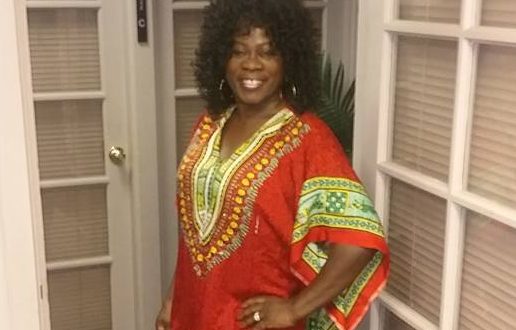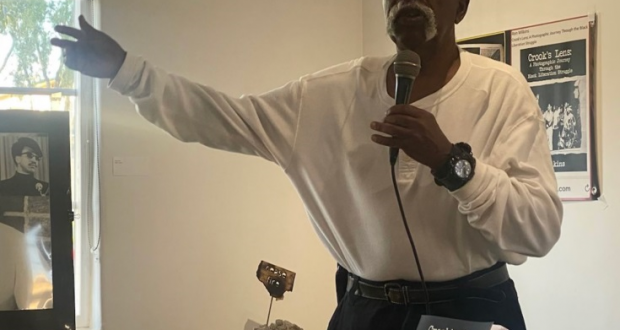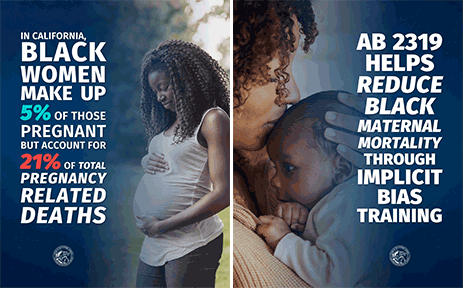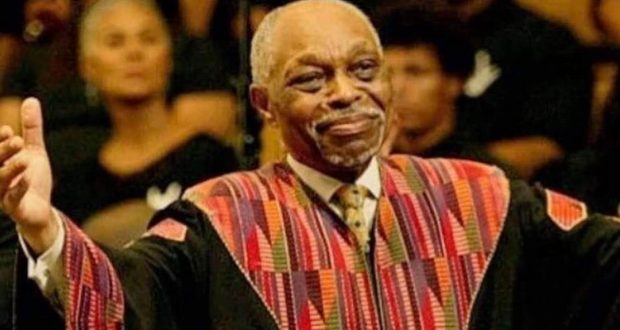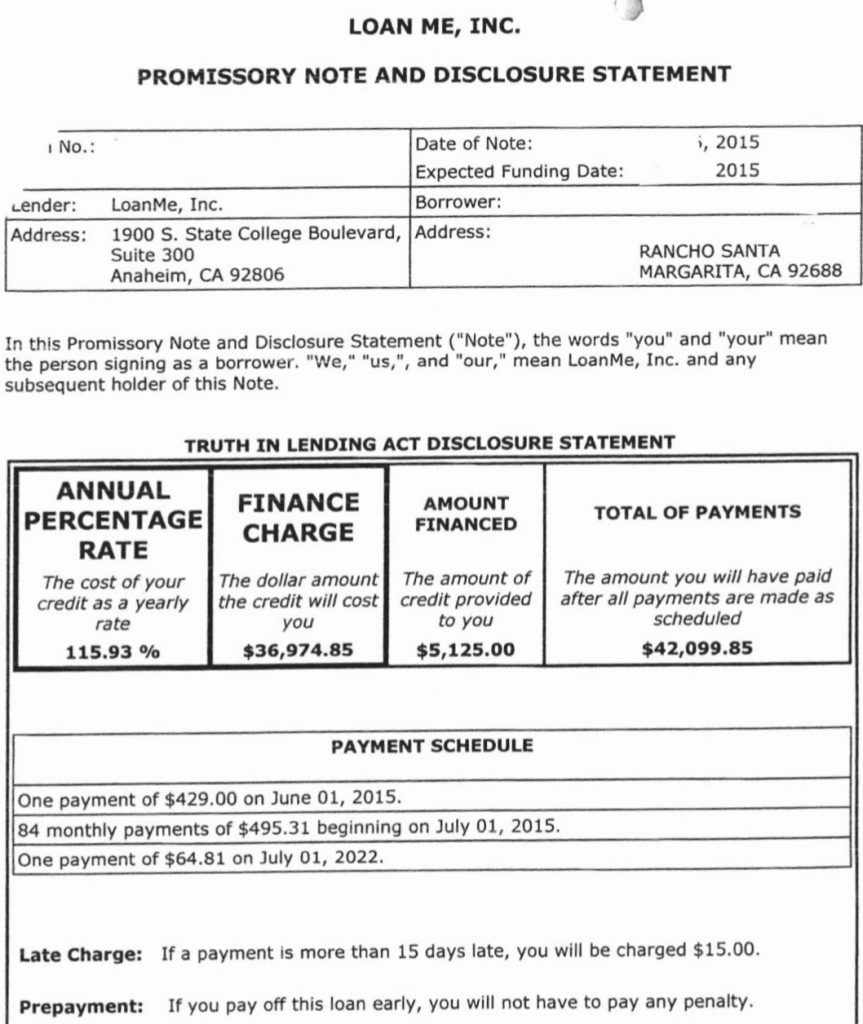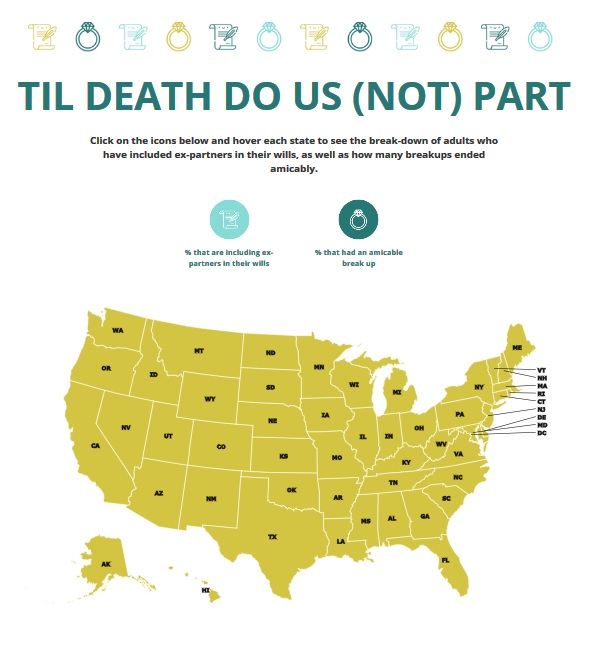SACRAMENTO, CA—- With a signature on Assembly Bill 29 authored by Assemblymember Chris Holden (D-Pasadena), Governor Gavin Newsom hammers the final nail in the coffin for the 710 tunnel.
“This is a historic moment for the San Gabriel Valley and Los Angeles ending this 70 year old battle,” said Assemblymember Chris Holden who represents Pasadena and South Pasadena that lie in the 710 North Corridor. “Now is the time for the region to lead the way in implementing transportation solutions that move us past a car centric approach to reduce pollution and improve health and safety.”
Assembly Bill 29 specifies that State Route 710 is from Route 1 to Route 10, abolishing the freeway tunnel once and for all. The legislation will close loopholes in both Caltrans’ Final Environmental Impact Report and the 2017 Los Angeles Metro motion that drops the tunnel concept for strictly financial reasons.
The legislation marks the second time a freeway option was eliminated for the 710 North Corridor. In 2013, a bill authored by former State Senator Carol Liu and coauthored by Assemblymember Holden, SB 416, eliminated the surface freeway as an option. This bill that was signed into law allowed Caltrans to sell the homes it owned to private owners.
“It is gratifying to see Assemblymember Holden’s Bill, AB 29, pass out of the Legislature and onto the Governor’s desk,” said Carol Liu. The odyssey of the 710 Freeway extension overlapped the turn of the century, imposed hardships on homeowners and renters, and disrupted communities for decades. I was pleased to play a role during my tenure in the Legislature and to partner with Assemblymember Holden and our constituents on the way to what I hope will now be the end of this journey.”
Assembly Bill 29 is the result of a three year legislative effort by Assemblymember Holden that began with the introduction of AB 287 in 2017 as well as AB 533 in 2018. Numerous discussions with Caltrans, Metro, and most importantly, members of the community, led to the passage of AB 29. The idea for changing the state’s highway code came directly from a South Pasadena resident.
Holden’s attempts to impact the region’s transportation future is not limited to Sacramento. In 2017 he urged LA Metro to remove the tunnel from consideration as an alternative, and to immediately begin allocating Measure R funds to projects in the area that would benefit the community. In September he sent a letter to LA Metro urging them to use Measure R dollars to best move people in the region, improve health and safety, and reduce greenhouse gas emissions.
“Changing the Highway Code makes it clear and unequivocal that there is no place for the 710 surface or tunnel route,” said Joanne Nuckols, longtime activist and South Pasadena Preservation Foundation Board Member. “But our fight is not over yet, we must make sure the projects implemented in the region improve air quality and don’t encourage more people to drive – which is why we fought the freeway extension in the first place.”
“As our state and cities integrate smart growth and transit oriented development into our evolving transportation infrastructure with an eye towards reducing our greenhouse gas emissions, this victory against the freeway tunnel represents a critical shift in how we envision our new transportation future,” said Holden. “I look forward to supporting local cities as they move forward with their proposals to improve the corridor and generate jobs.”
 Westside Story Newspaper – Online The News of The Empire – Sharing the Quest for Excellence
Westside Story Newspaper – Online The News of The Empire – Sharing the Quest for Excellence
